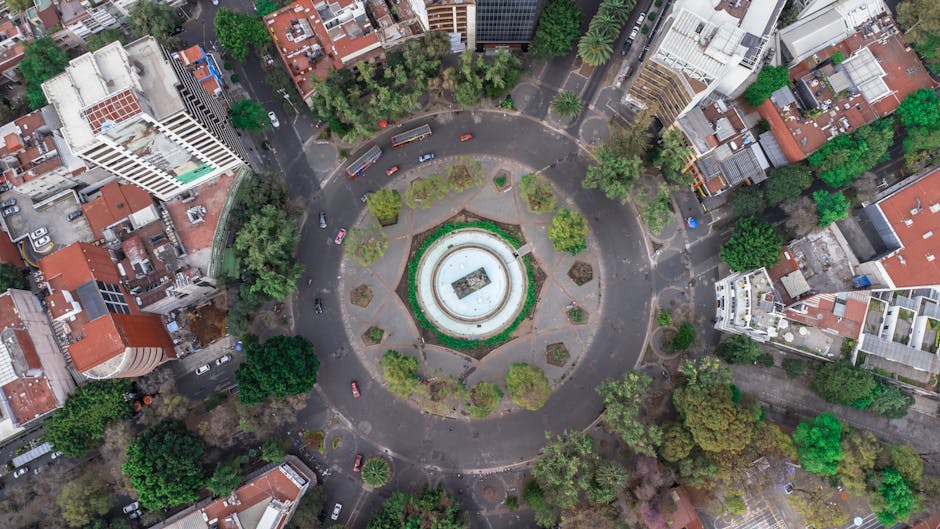Exploring the Role of Chicago’s Parks in Urban Planning
Chicago, often referred to as the “City in a Garden,” is renowned for its extensive network of parks and green spaces. These parks are more than just patches of greenery; they are integral to the city’s urban planning strategy. In this blog post, we’ll delve into how Chicago’s parks influence urban planning, contribute to community well-being, and enhance the city’s appeal.
Table of Contents
1. Introduction
2. The Historical Context of Chicago’s Parks
3. Parks as Catalysts for Urban Development
4. Environmental Benefits of Urban Green Spaces
5. Social and Community Benefits
6. The Future of Parks in Chicago’s Urban Planning
7. Conclusion
8. FAQs
The Historical Context of Chicago’s Parks
The story of Chicago’s parks begins in the mid-19th century when urban planners recognized the need for green spaces amidst rapid industrialization. The idea was to create “breathing spaces” for city dwellers, a vision that laid the foundation for what would become one of the largest municipal parks systems in the United States.
Figures like Frederick Law Olmsted and Daniel Burnham played pivotal roles in this development. Their influence is still visible in iconic spaces like Grant Park and Lincoln Park, which serve not only as recreational areas but also as cultural and architectural landmarks.
Parks as Catalysts for Urban Development
Parks in Chicago have been instrumental in shaping urban development. They provide a framework around which neighborhoods and commercial districts flourish. Millennium Park, for example, transformed a former industrial wasteland into a vibrant cultural hub, boosting tourism and local business.
Such development is not by accident. Strategic urban planning ensures that parks are integrated into the city’s fabric, promoting sustainable growth and enhancing property values. This approach aligns with modern urban planning principles that emphasize mixed-use spaces and connectivity.
Environmental Benefits of Urban Green Spaces
In an era of climate change, the environmental benefits of urban parks cannot be overstated. Chicago’s parks help mitigate urban heat, improve air quality, and manage stormwater. The city’s commitment to expanding green roofs and urban gardens further complements these efforts.
The Chicago Riverwalk is a prime example of how green space can coexist with urban infrastructure, offering both ecological benefits and recreational opportunities. This balance is crucial in urban planning, where the need for development often clashes with environmental concerns.
Social and Community Benefits
Parks are vital for fostering community spirit and social interaction. They serve as communal gathering spots for events, sports, and leisure activities. In a diverse city like Chicago, parks offer a shared space where people from all walks of life can connect and engage in cultural exchanges.
Furthermore, access to parks is linked to improved mental health and well-being. In neighborhoods with limited resources, parks provide essential services and programs that promote health and wellness, proving that they are more than just aesthetic additions to the cityscape.
The Future of Parks in Chicago’s Urban Planning
As Chicago continues to grow, the role of parks in urban planning will evolve. The city aims to expand its green spaces, with projects like the South Chicago Park Districts and the Bloomingdale Trail (also known as The 606) leading the way.
Future planning will likely focus on enhancing connectivity between parks and residential areas, ensuring equitable access for all residents. Innovations such as smart park technology and sustainable design will also play a role in shaping the parks of tomorrow.
Conclusion
Chicago’s parks are more than just recreational spaces; they are a testament to the city’s commitment to thoughtful urban planning and community well-being. As the city continues to evolve, its parks will remain central to its identity and future growth.
FAQs
Q: How many parks are there in Chicago?
A: Chicago boasts over 600 parks, covering more than 8,800 acres of open space.
Q: What are some of the most famous parks in Chicago?
A: Some of the most well-known parks include Grant Park, Millennium Park, Lincoln Park, and Jackson Park.
Q: How does Chicago ensure equitable access to parks?
A: The city focuses on strategic urban planning, ensuring parks are distributed throughout all neighborhoods, with ongoing projects aimed at improving accessibility and connectivity.
🌿 Whether you’re a local or planning a visit, Chicago’s parks offer a refreshing escape and a glimpse into the city’s innovative approach to urban living. 🌆


